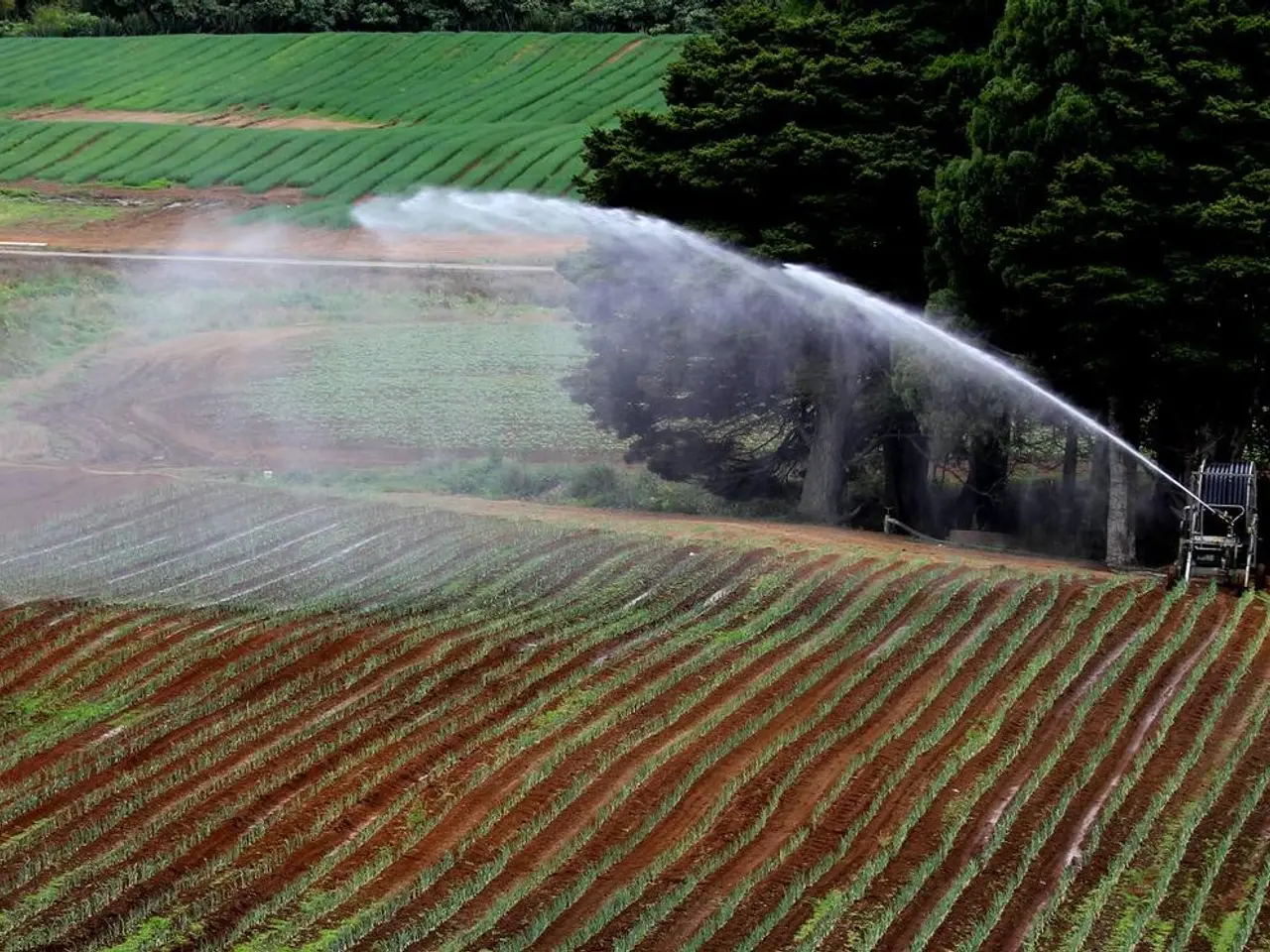Essential Guide on Domestic Fire Safety and Hazard Aversion
In Victoria, maintaining fire safety is a shared responsibility between homeowners, renters, and rental providers. Here are some essential tips to ensure your home and property are safe from fire hazards.
For homeowners, creating a fire escape plan is crucial. This plan should list at least two escape routes from every room, including a meeting point outside the home. It's also important to keep flammable objects well away from heat sources in the kitchen and clean and maintain appliances regularly to prevent kitchen fires, which are the most common type of home fires.
Rental providers are responsible for installing smoke alarms in their properties and testing them every 12 months. They are also required to arrange electrical and gas safety checks every two years. Renters must not interfere with carbon monoxide alarms or fire safety or fighting equipment.
In case of a fire, the safest option is to get out, stay out, and call 000. If you can't escape, closing the door to the room where there's fire if safe to do so and calling 000 is important. Staying on the line with the operator and not hanging up is crucial during a home fire emergency.
For bushfire safety, maintaining vegetation on property and cleaning gutters are important. Removing and storing flammable items well away from the home is also crucial. Barbecues that use solid fuel such as wood and heat beads are banned on total fire ban days. Firepits and outdoor fireplaces should be placed at least 3m away from large structures. Keeping a 3m perimeter around barbecues is a safety rule when barbecuing outside.
When it comes to lithium-ion battery fires, using compatible and compliant chargers, charging larger devices like e-bikes or scooters outside and away from combustible materials, disconnecting devices as soon as fully charged, purchasing batteries and devices only from reputable suppliers, regularly inspecting batteries for damage, safely disposing of old batteries at approved recycling points, and never attempting to move or extinguish a lithium-ion battery fire yourself are essential precautions. Increasing access to battery collection points and participating in local battery recycling programs further supports safe battery handling and fire prevention.
In apartments, residents need to be familiar with the fire escape plan for their building and create an escape plan for their household. Sealing gaps in windows and doors is necessary for bushfire safety. Having a bushfire plan in place is crucial for bushfire safety.
By following these guidelines, we can work together to reduce the risk of fires in our homes and communities. Always prioritize safety and vigilance, and remember, in case of fire, immediate evacuation is key.
For homeowners, incorporating a fire escape plan into their home-and-garden lifestyle is vital, which includes listing at least two escape routes from every room and creating a meeting point outside the home. Moreover, rental providers should consider home-and-garden maintenance as part of their responsibility, such as installing smoke alarms and arranging electrical safety checks.




